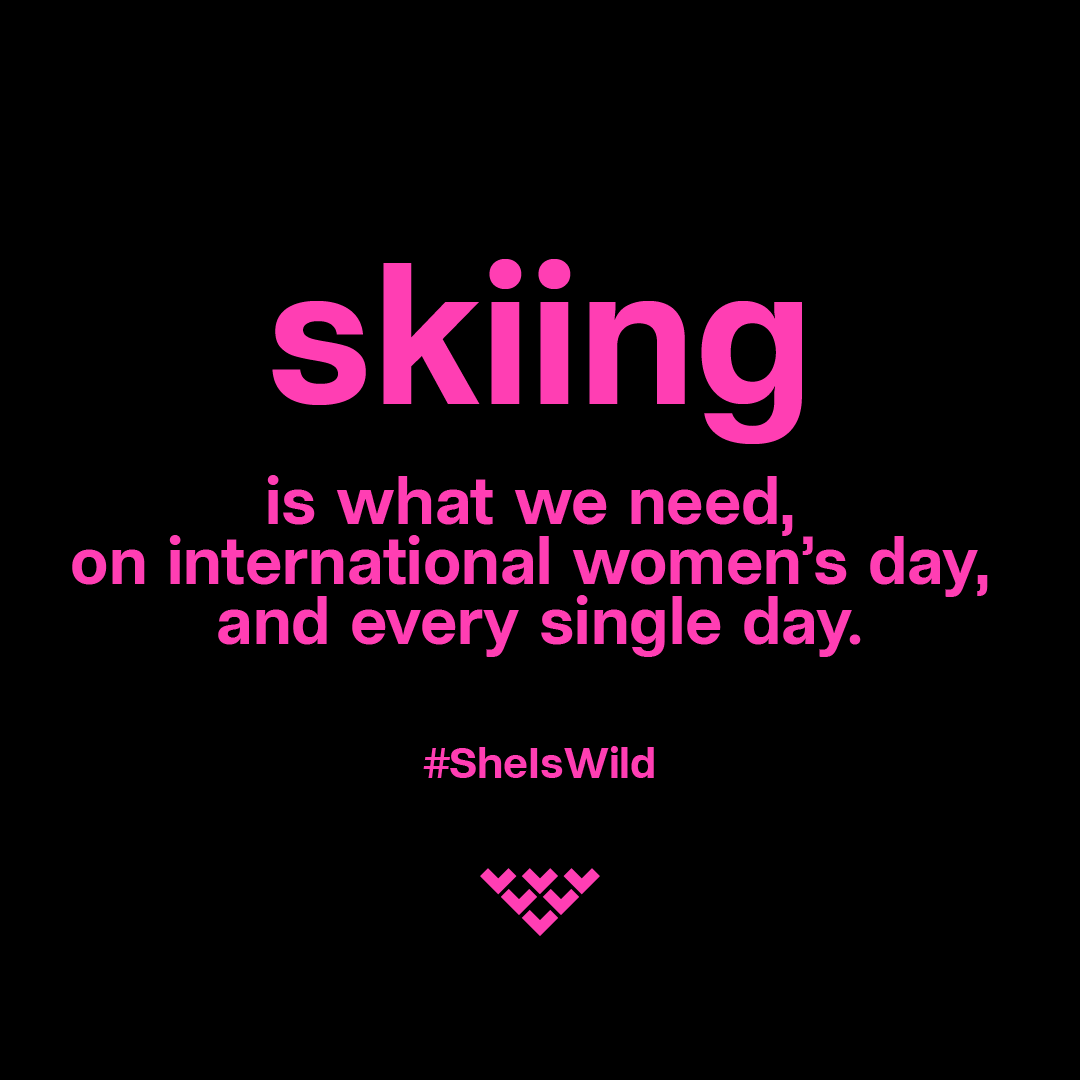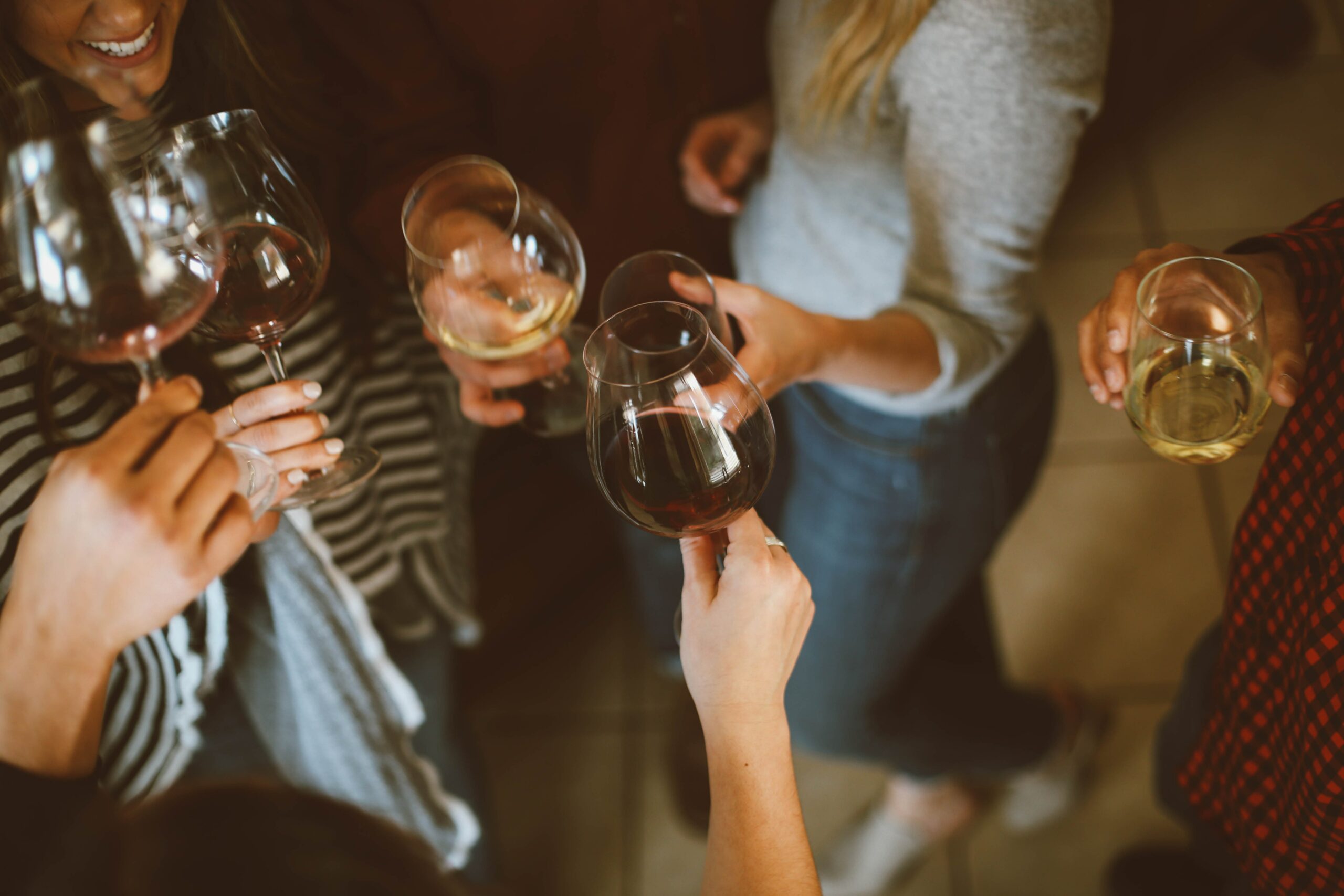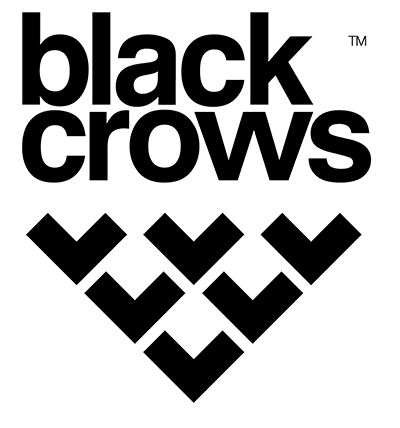The talented Chamoniard Sam Favret has arrived at blackcrows so now’s our chance to take his portrait, retracing over 30 years of skiing: from his first turns in the garden right under Mont Blanc to steep crystal hunter’s couloirs, special slalom competitions and freestyle years spent on kickers and dicey staircases.
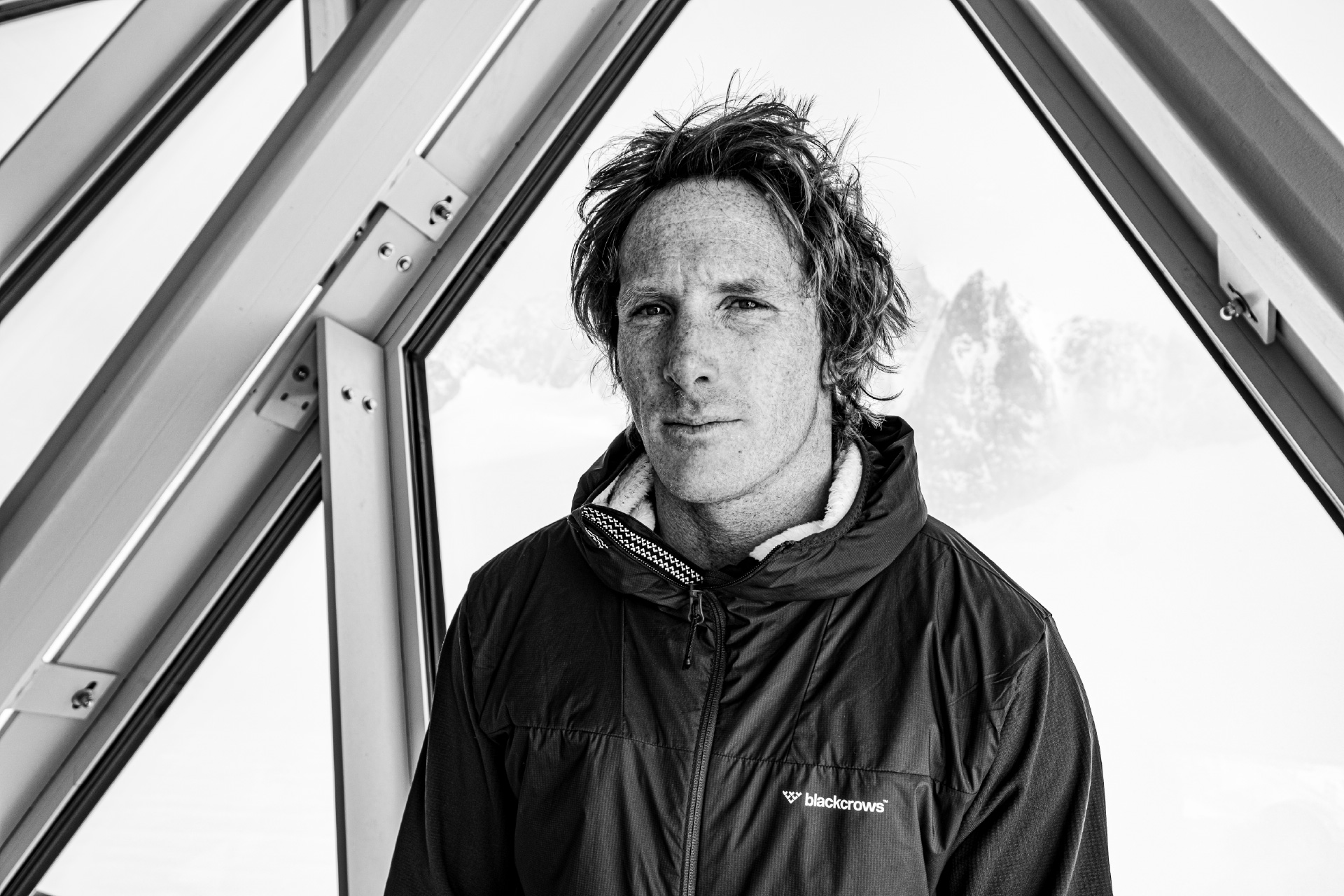
photo @fabian_bodet
Born in June 1988, Sam Favret was raised by Chamoniard parents, his father is of course a guide, as was his great grandfather (only his grandfather deviated, he was a pure woodworker). The young Sam soon learned to ski: “There are photos in the family album, I’m in the garden with skis on my feet, I must have been one and a half.” That was the start of it all. He’s still really close to his paternal grandparents, Aimé et Claudette, “I live across from them, I always have my breakfast over there and go and eat there after riding.”
Up until he was 5, his father was teaching him to ski. “I went skiing a lot with him but he never pushed me, it was nice. I was soon hooked and really keen, it was already addictive for me.”
A Chamoniard childhood
At 5 years old, Sam entered the Chamonix ski club and spent 11 years in this highly competitive scene. “I was good so it was pretty cool for me. I wasn’t necessarily deep into competitions but I really loved to tough it out and I had the ability, most of all in special slalom.” His speciality: the turns and rhythm of special slalom.
In his teenage years, Sam rebelled. The trainers were getting to him, he just wanted to have fun, enjoy it with his friends and be free. He saw training as something forced, a constraint; the polar opposite of freestyle which had arrived in full force, brought to you by Candide Thovex and the Rastafaride videos. “I gave up alpine at about 15-16 years old and got really into freestyle. Back then there was the Cham Jam and it was a dream to see guys like Tanner Hall, Pep Fujas or Rory Bushfield hit those big tabletops in Chamonix.”
Sam had been a skateboarder for a long time so it was logical that his thoughts would turn to freestyle. His parents ended up making a deal with him: he could stop his carpenter’s qualification (he was hardly going to class anymore anyway) but he had to become an instructor. The deal was soon agreed and Sam went on the road with his mentor Chris Miolan in the old Merc, or else his mother would drive him around to cut (and smash) his teeth in the best snowparks around.
Soon he didn’t need any little jobs or to sell turns to live out his passion. His first sponsors gave him a bit of money initially but above all, quite a few ideas, as was the case at Hammer under the wing of “Gros Max”, a snowboarder from the Advita team who showed him and the skiers how to film and the spirit of the video part. “We had a Renault Espace, a camera and we would get snow from ice rinks and the job was to listen to Gros Max and throw yourself down sets of stairs.“ Gros Max aka Thomas Maxheim also recalls: “I explained to them there was no competition, which for snowboarders had always been pretty normal, but the skiers at the time looked at me all surprised.”
After a spell at Dynastar then Atomic, it was really at Nordica then Rossignol and Rip Curl that Sam truly progressed in filmmaking, especially with PVS, the production house run by David Lacote. On the side, he settled into a creative collab with a few of his pals, which improved his filming and his skiing. This is where Alexis “Bouli” Blaise, fits in. A filmer since forever, he has accompanied Sam since the very start when their friend rescued a camera from the Chamonix rubbish dump when they were 18. There’s also Fabian “Chico” Bodet at his side, a high school skate buddy who became a ski photographer. Then there’s hensli Sage, a drone pilot now able to follow Sam into the most enclosed couloirs. In all, there are five buddies who live and breathe skiing and video who leave in the same car to go and ride, coming back at night to edit the footage. As Fabian Bodet would say though: “household chores are not really his thing.”
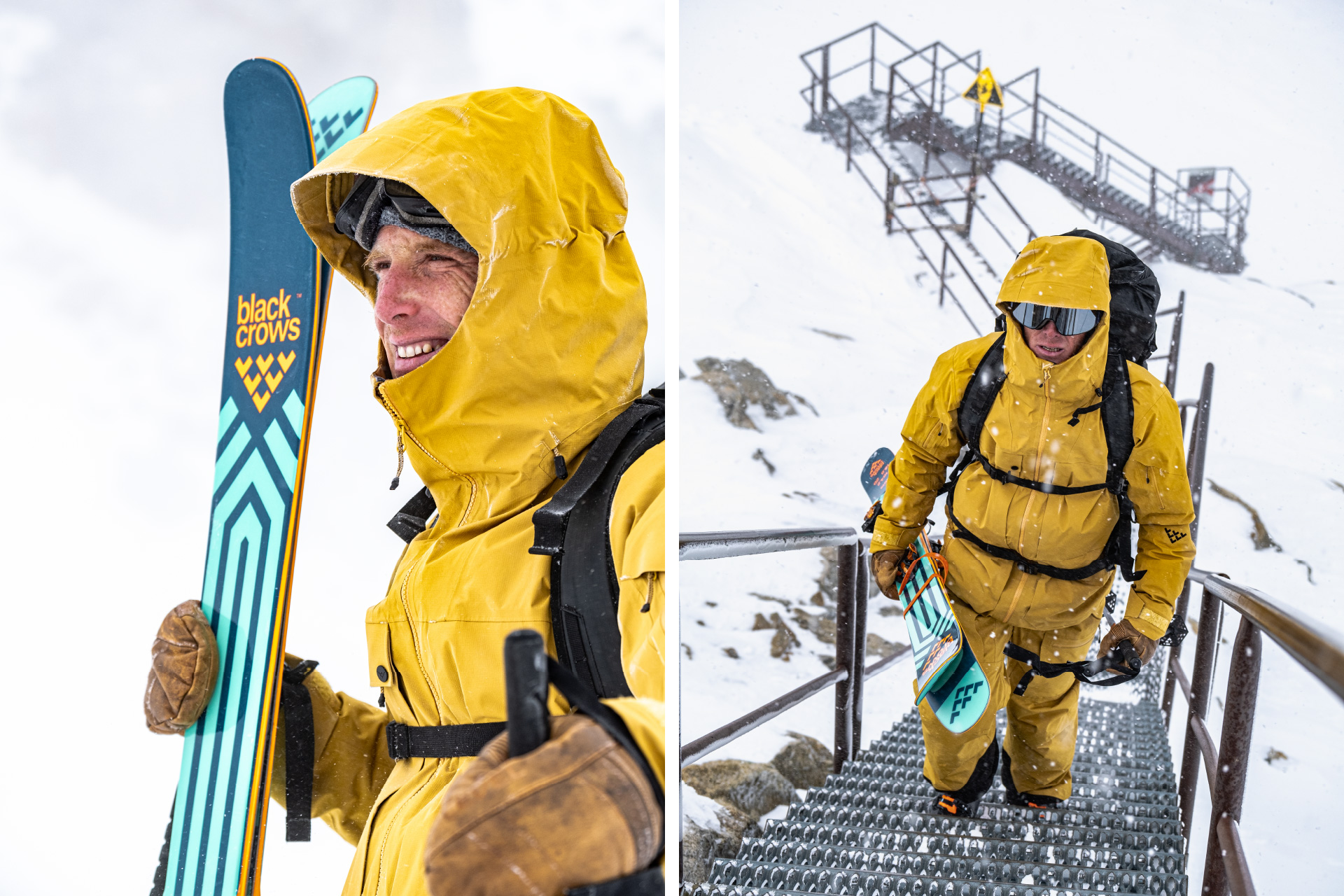
photos @fabian_bodet
Sam the rider
If you trace back the roots of Sam’s style, the common thread normally comes down to his upbringing as a skater. “I’m a skater before a freestyler” declares Le Tank. “I’ve been skating since I was 8 years old, I was doing it when I was alpine skiing, way before I even knew that it was freestyle.” In Chamonix there was a whole generation of “big brothers” who were really good skaters and this gave him a certain outlook, “this definitely steered me towards freestyle”. That and snowboarding, which brings him a different energy, a different perspective. “I’ve always done a bit of snowboarding: my Dad used to do it so Iearned young. Nowadays if there’s a big powder day I have to ask myself a difficult question. If I could go back in time I would have maybe chosen to make a career in snowboarding.”
According to Julien “Pica” Herry, who’s not famous for going overboard with compliments, “You don’t have to wait for Sam in the forest on a snowboard”, a real gold star… Last year I saw him with two feet strapped in in the Cosmiques and Glacier Rond, he can ride basically. “On a snowboard I love the forest most, it’s magical. More broadly speaking I’ve got less expectation, I’m more easy-going than on skis where I know every run. For me to enjoy skiing I have to be going fast and the run has to flow. On a snowboard I’m happy with not much, it’s really easy to find some fun.” In general, Sam loves boardsports and also excels at them, whether it’s skateboarding, snowboarding or surfing which he does a lot of. “When I’m into something I really go full power,” says Sam.
In one way or another, anyone who knows him will always mention his passion, commitment and his high standards when they describe him. For Flo Bastien, blackcrows team manager and long-time friend, “he’s one of the best skiers of his time, he can do it all”. For Fabian Bodet, “he’s been so creative for so many years and has never let up: he’s always pushing, he’s determined and never lets anything go.” Sam knows what he wants, where he’s going and how to get there. Pica again: “for the guide’s exam he went back to climbing, he was good straight away, he really has the sure feet of a montagnard.”
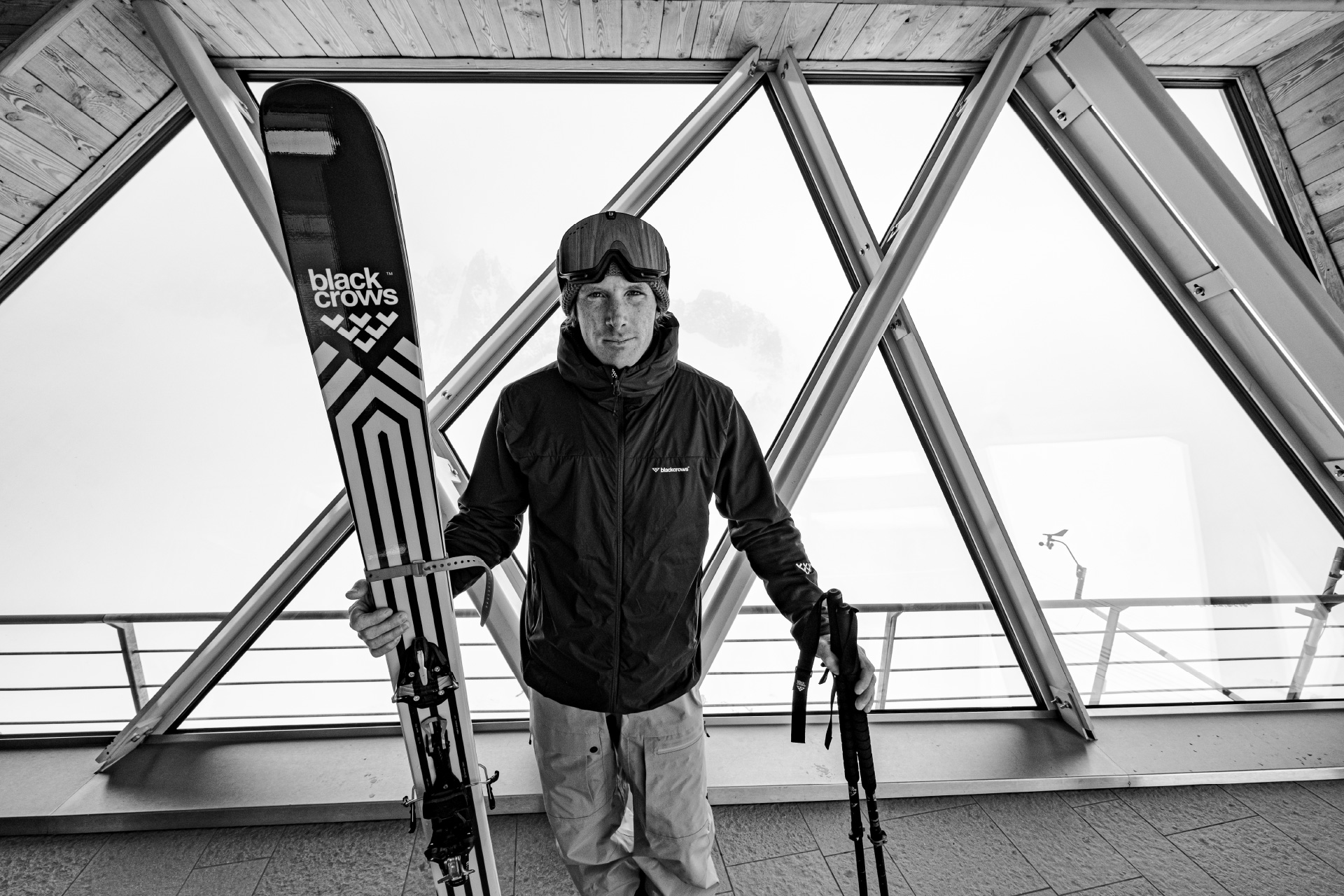
photo @fabian_bodet
A complete skier
When we ask Sam about his favourite skiers, the first comes as no surprise. “I’ve got a lot but I am from the Candide generation. I was really inspired by Rastafaride, by his creativity, his way of creating, innovating and his general manner as well.” The whole reserved, mysterious side of Candide is in no contrast to Sam. “He doesn’t talk much, or rather, he doesn’t talk for no reason” says Maxime Moulin, the filmmaker accompanying him on his various films. To continue with his role-models, there are three names: Tanner Hall, Eric Pollard and Pep Fujas. Creative skiers who pushed the sport’s development and videos.
A complete skier, Sam stopped freestyle competitions before the era of big air bags and triple corks, “we were doing our best on the rock hard landings of Les 2 Alpes”. “He doesn’t have a really huge trick bag but is super solid” says Flo Bastien about him. What interests Sam a lot more than ‘spin to win’ is landing tricks in nature, “for me this is the best way possible, landing in untouched spots, without even shoveling.” Following on from what Flo Bastien was saying, and explaining his vision of the backcountry, “obviously your trick list is shorter, you can’t practise as much, being less in the parks, and in natural terrain with just one chance you tend to do what you know you do best.” For Sam this means Unnatural corked 7s or 5s and Bio 7s and 9s, “I also had the switch 14 and the double corks in the park back in the day.” But it’s difficult to do more than that on natural features with all the different factors you have to deal with. In this type of terrain where it’s all up to you, you’d rather be sure of it than to try new things.
Sam had the ability to make a career purely in freestyle. He finished 6th in his very first world cup in Finland in 2011 and he could have gone down the federation route, Olympic Games, training, etc. He has what it takes to learn tricks and follow this path. But he fizzes with ideas and had trouble investing himself in a discipline that he saw as too constraining, “I wanted to diversify into loads of different things, rather than pigeon holing myself.” No regrets, “I have enough tricks to come up to a feature and pull something off that I like. I see myself as more into filming and I’ve had the chance to create some projects I’m proud of.”
How come such a complete rider, between steep skiing and lofty tricks didn’t compete in more freeride competitions like the Freeride World Tour for example? That was also out of choice. At the start of 2011 Sam got a wildcard and finished 14th in the Chamonix stage (taking place in Courmayeur), nothing to be ashamed of for a young inexperienced 23 year-old amongst the stars of the circuit. After his victory in 2013 in the Redbull Linecatcher, in recognition of his versatility and his “backcountry freestyle” style, the World Tour organisation offered him a wildcard for the following season. Sam turned it down. “I was into my video projects, I didn’t want to mix it all together and spread myself too thin.” The gamble paid off and the Backyards Project that came out the following year was really impressive, a marker in time. This didn’t stop Sam filming elsewhere though; alongside that project, there was a mad video, finalist of the Realski Backcountry for X Games 2015 (a must see on YouTube).
The World Tour is not something that Sam dreams about. “I watch it every now and again but in my view it doesn’t always portray a good image of freeriding, even though it’s improving. I enjoyed watching Travis Rice’s Natural Selection more, the concept speaks to me.” At the same time, he appreciates that he was lucky to have grown up filming, making the most out of good conditions, landing his own stuff. “Shooting means that I’m sure to have good results at the end of the season and that I’m going to have a good time.”
Let’s return to the Realski shoot in 2014 and talk about injuries. Le Tank’s nickname comes from long ago: his childhood friend Chico Bodet remembers, “he already had a good physique at school”. Sam has been lucky not to have hurt himself too badly during his career, “but I haven’t exactly used myself sparingly!” he says smiling with all the teeth that cost him a fortune. Freestyle has smashed him in the park and onto staircases in the street, in the backcountry and while skateboarding…”It’s been good for me to branch out into other things that are less damaging like steep skiing, surfing and snowboarding!” says Sam a few metres away from a Moroccan beach break. “I’m lucky to have a physique and sturdy bones, I’ve never really been injured,” he says before listing his battle wounds. Because OK, while a skier of Sam’s level can brag about never having done a cruciate ligament, he does have some injuries under his belt:
– ankles from skateboarding, a fibula, small things “three weeks to a month max”,
– “In the X games Realski I hit a block of ice on my hip (the opening shot from the segment). That was my worst injury, I felt it for years but I could ski one month later.”
– a few knee-to-faces that cost him his teeth, one on a big hip in Avoriaz and the other on a shoot for La Nuit de la Glisse. “I didn’t see a little drop before getting to my line and it cost me €12000”.
But for Sam, all that is in the past. Looking to the future, he has turned toward becoming a guide, like his father. He was recently accepted as an aspirant guide and is starting a course that should take about 4 years. “It’s thanks to skiing as well as crystal hunting, these two activities have helped me explore the mountains and have opened other doors.” For Sam it’s more than an occupation or a conversion, it’s about having another string to your bow, a chance to develop yourself and diversify further, a deep, personal desire and a logical progression which started between gates, went through the parks and out onto the steepest faces. “For me it was really the right time to go for it, above all physically. And skiing has provided me with a long list of outings already so there wasn’t that much more to complete.”
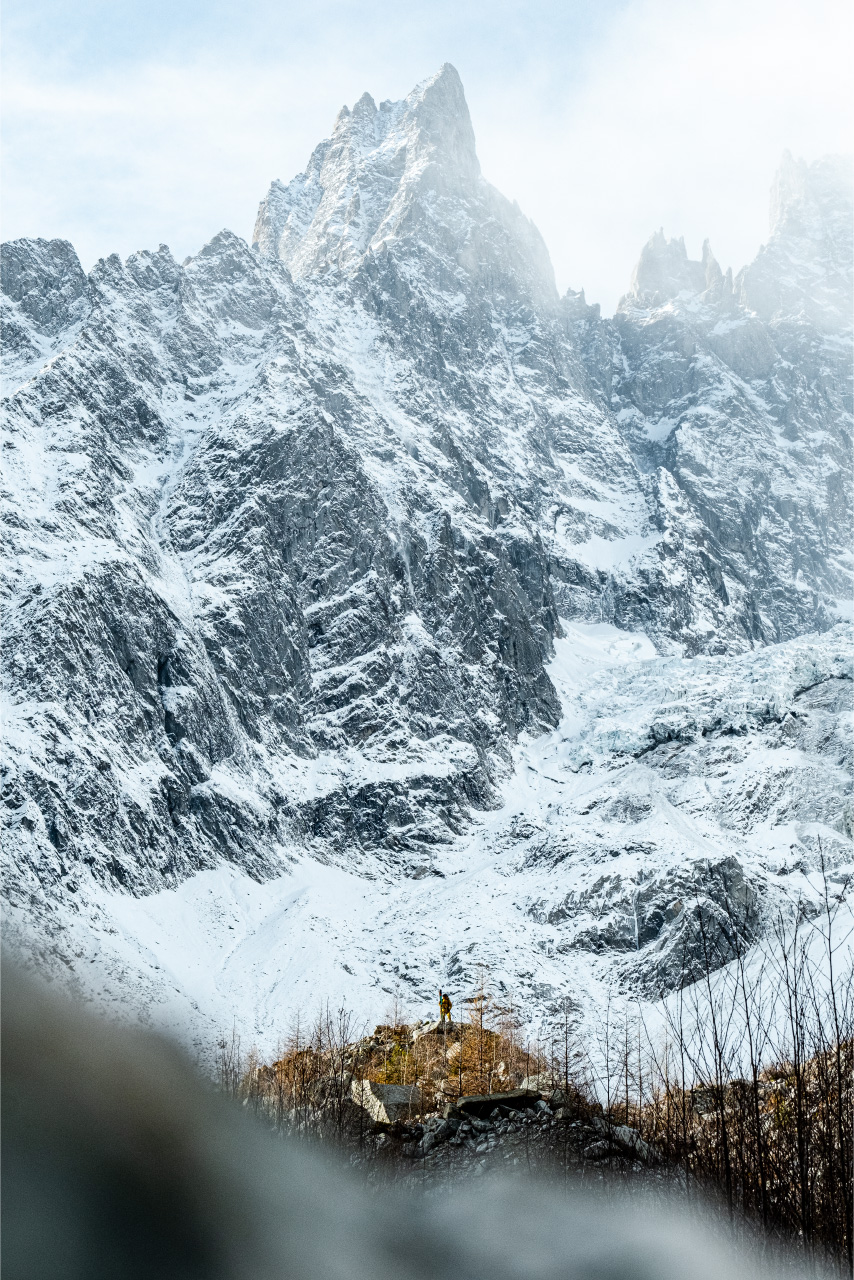
photo @fabian_bodet
After years of filming with his friend Pica (guide and unique snowboarder), Sam speaks of marching to the beat of his own drum and following what he wants to do. “In my films, I always wanted to bring aesthetics, for example in Waking Dream with Bird’s lovely voice.” But after several seasons of steep skiing, he wanted to come back to a more simple way, to work alone once again, which is something he appreciates as an athlete. “I love having the freedom to do what I want, without other riders who, even though they enrich you, can divert your own creativity. When there’s lots of you, you all have your own vision and can quickly get distracted.” After tearing his hair out on really big, intense projects, Sam has reduced his operations to go and enjoy skiing, live from day to day and take the pressure off. You can see this in the movie Flow as well as showing his love of sound and music, collaborating here with Tristan Bres, another loyal friend he met on the road and who has provided each project with music cut like ice diamonds, accompanied this time by Mariella de Roca who put down some chords.
“As well as being an athlete, what I like about production is bringing my vision as a filmmaker and everything is custom made with my team.” And although Invade Media, his production house that was meant to provide work for him and his friends all season long didn’t quite fulfil its mission, Sam doesn’t regret anything. He needed that to give himself time, and time goes quickly on snow. “You have to understand that Ice Call needed 2 years of filming going to the Aiguille du Midi every day, no helicopter, just big walks with equipment on your back.”
Given this history, his choices and style of skiing, it’s not surprising to now see Sam Favret at blackcrows. “I always had the feeling that one day I would ski with blackcrows” says the Chamoniard. “I’ve loved the brand since the beginning, it’s inspiring, creative, with lots of ambition to film. I am a Chamoniard and it’s a Chamoniard brand, I am home.” And Sam knows some people here already, his pal Flo Bastien, Yannick Boissenot who he goes hunting couloirs and crystals with, Camille Jaccoux, Bird. Then there’s the Tarantaise crew, the Guri, the Guyot. “I’m coming in with new hunger, it feels like I’ve rediscovered my drive, a strong, motivating dynamic.”
It’s hard to say what this collaboration between 2 Chamoniard entities will bring exactly, there will for sure be some nice video projects to come…”I’ve wanted to do a follow up to Ice Call for 3-4 years now but I don’t want to do anything by half, it would be a huge project.” In the meantime, this winter we should see a new short film in the same vein as Natural Mystic or Flow, starting with the first snowfalls and extending through the subzero temperatures of mid winter. “We are going to learn how to work together and understand each other.”
“As well as the brand and the film shoots, I’m super happy about the rest of the product range, I’ve got no doubts about any of the equipment and I can’t wait to test it all out, especially the mountain wear which seems technical and cool. These days that’s a perfect match for the skier I am now.”
A ski mountaineer who knows how to fly high when there are no tracks. A crow. Welcome home.
follow Sam on:
Instagram, @samfavret
Facebook, Favret Sam
Vimeo, @samfavret
YouTube, Sam Favret
interview made by Mathieu Ros
